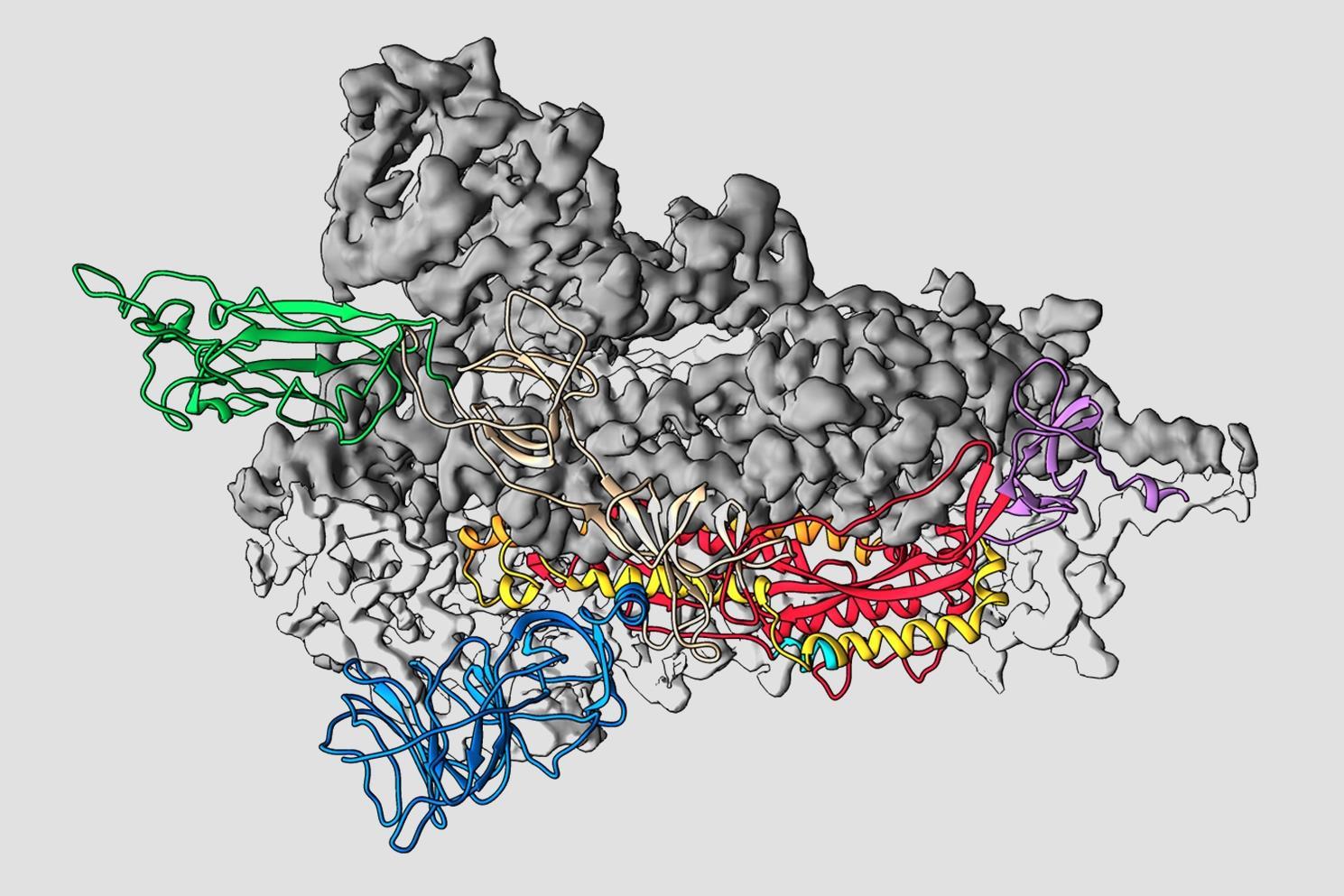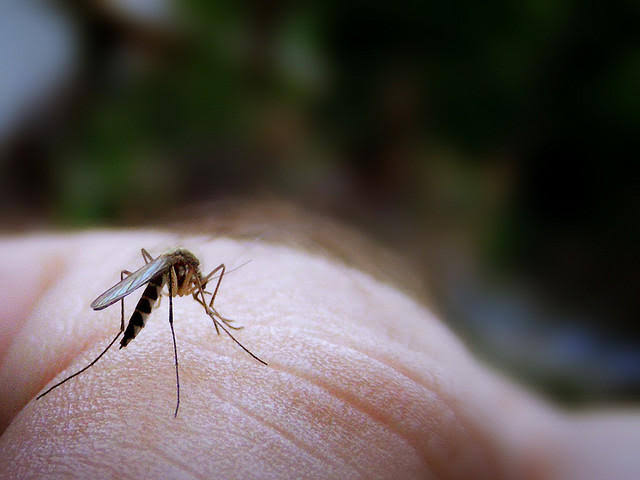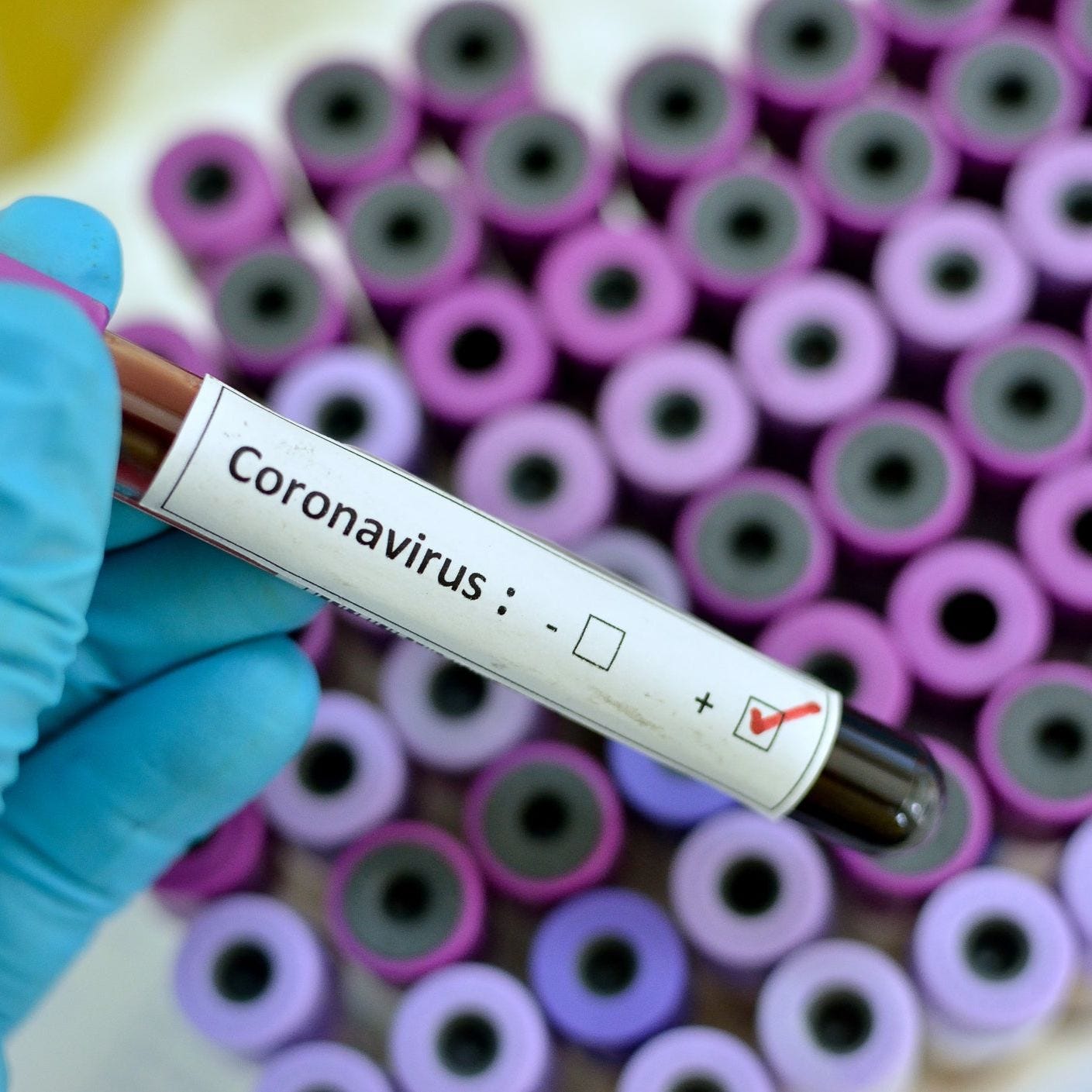A group of specialists from the University of Texas at Austin have mapped a key protein of the Wuhan coronavirus known as SARS-CoV-2, Live Science reports, which the virus uses to attack human cells.
This newly mapped molecular structure could open the ways of building up an immunization, as indicated by the specialists — however, they alert that the procedure could drag out for 18 to two years.
The researchers figured out the shape of a “spike” protein that fatal virus uses to attack cells. The protein ties to human cell receptors and fuses with their membranes, permitting the genome of the virus to enter and spread its infection.
University of Texas associate professor Jason McLellan, senior author of the paper published in the journal Science on Wednesday, utilized the recently mapped genome of the virus to distinguish the particular genes that make up the spike protein.
After developing the spike proteins by injecting them into mammalian cells in a lab, the group made a detailed 3D blueprint of it utilizing a procedure called “cryogenic electron microscopy.”
Since they comprehend the structure of the spike protein, the expectation is that researchers will discover approaches to prevent the virus from attacking human cells. Indeed, as indicated by McLellan, the spike protein itself might be transformed into an immunization and permit people to make antibodies against it.
“It’s impressive that these researchers were able to get the structure so quickly,” Aubree Gordon, associate professor of epidemiology at the University of Michigan who was not involved in the research, told Live Science. “It’s a very important step forward and may help in the development of a vaccine against SARS-COV-2.”
McLellan and his group have sent their blueprint of the spike protein to many research groups around the world to accelerate the disclosure of a potential immunization.
Disclaimer: The views, suggestions, and opinions expressed here are the sole responsibility of the experts. No Graph Daily journalist was involved in the writing and production of this article.



